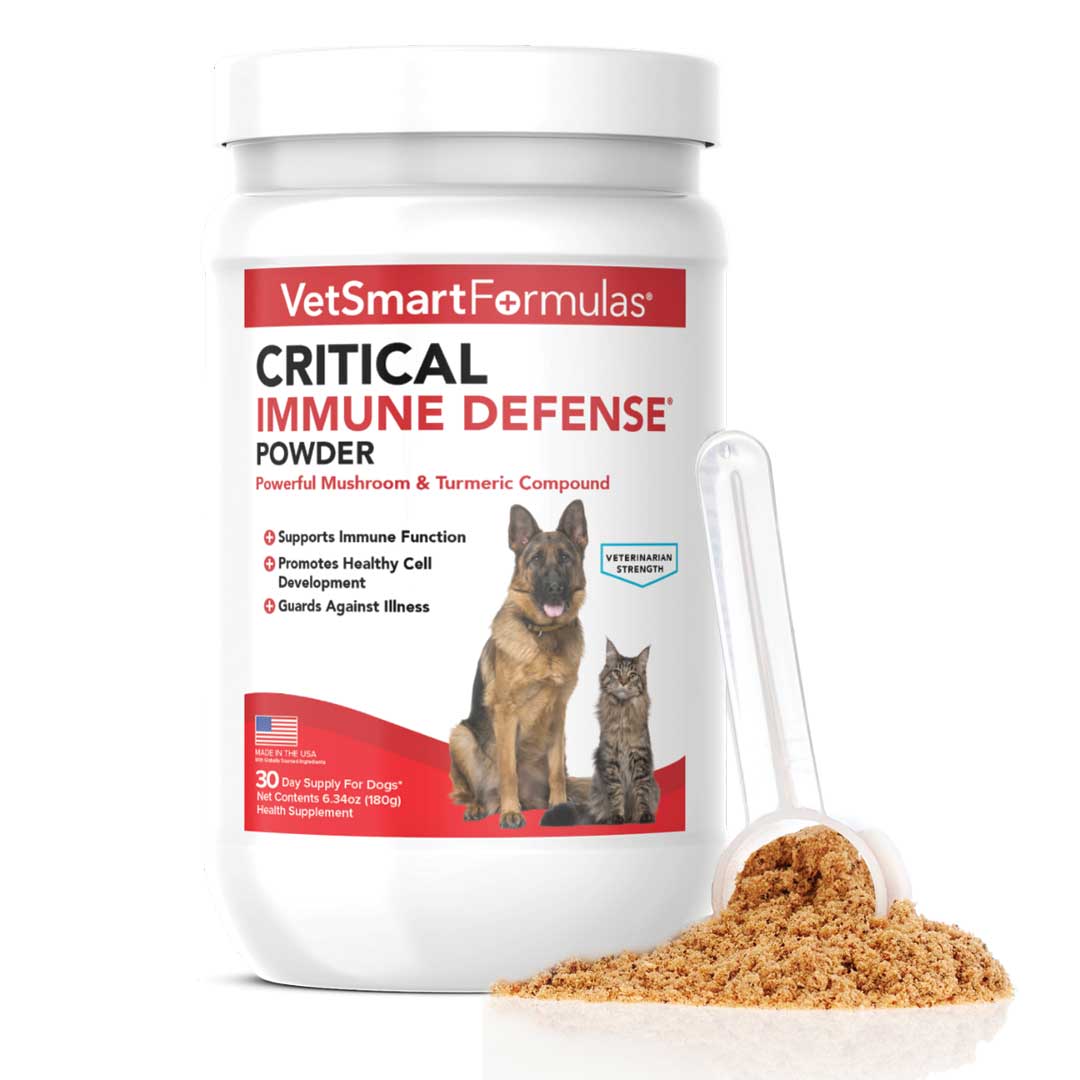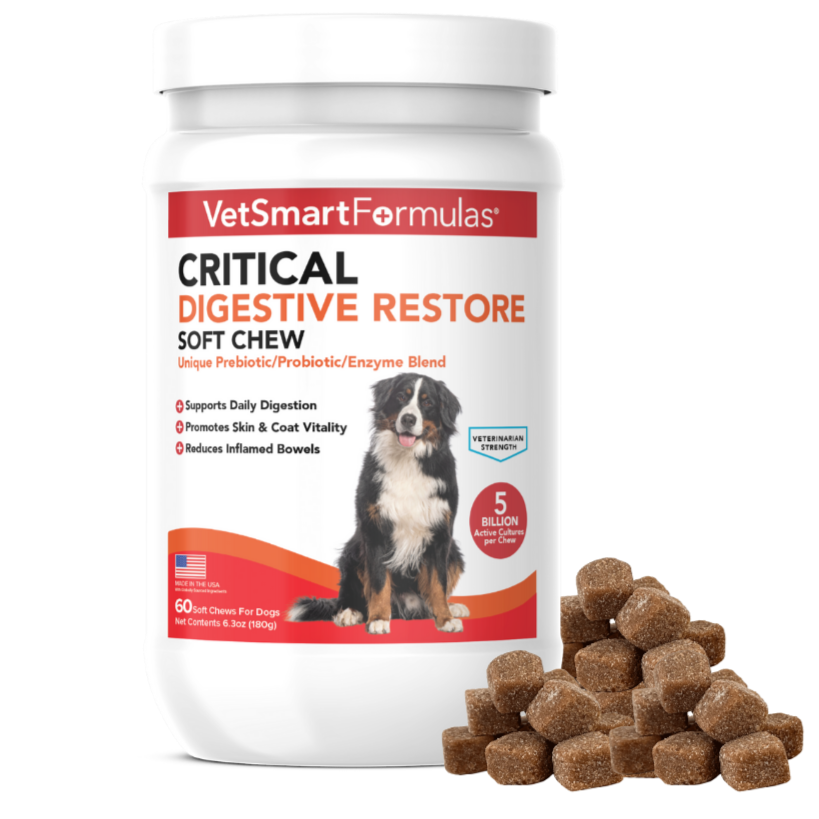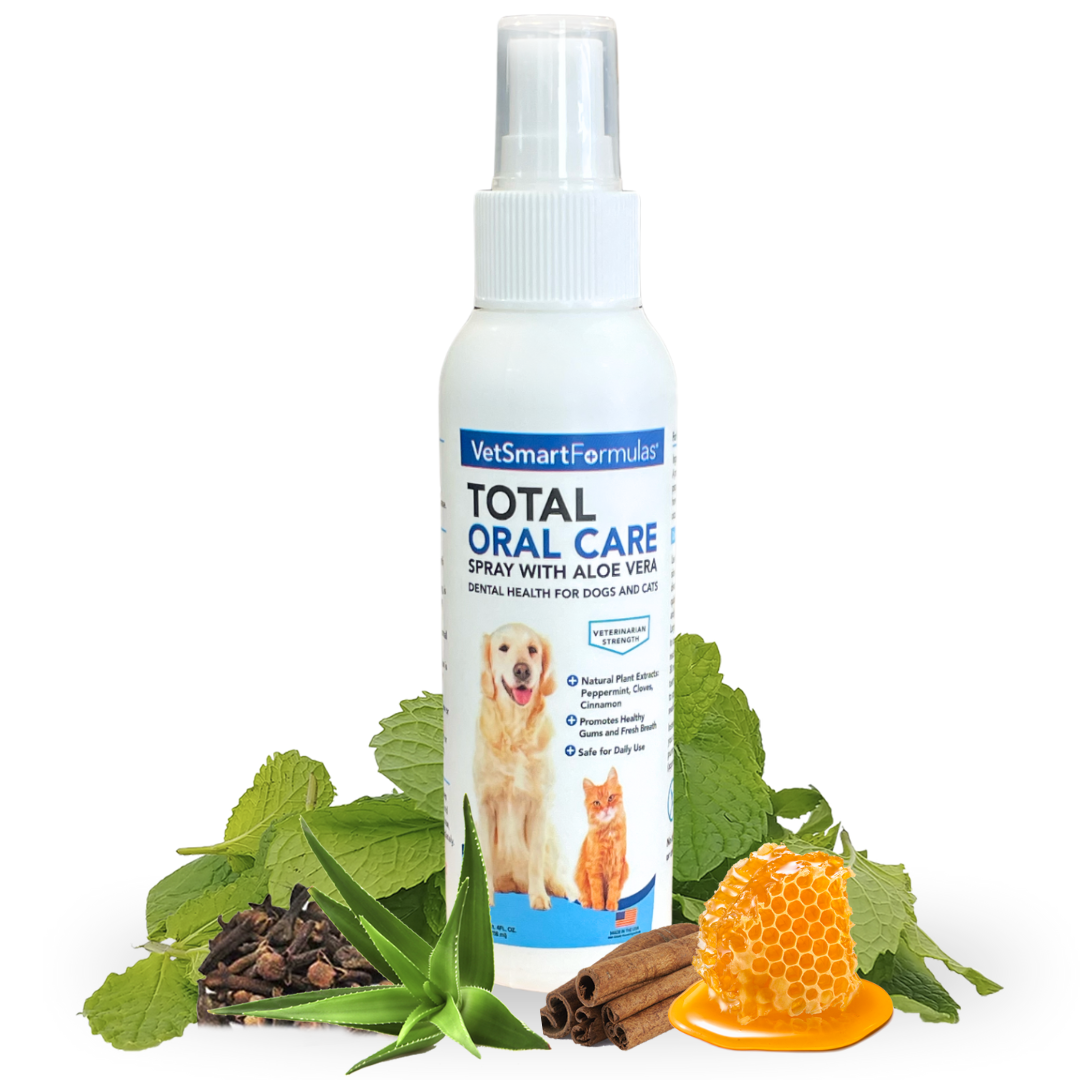Dogs are more than pets; they’re family. Just like people, they need the right nutrients every day to stay active, comfortable, and healthy. Omega-3 fatty acids are one of the most important nutrients to support a dog’s body. They play a role in joint comfort, skin and coat health, heart function, and even brain support. Since dogs can’t make enough Omega-3s on their own, they rely on what we provide through food or supplements.
Joint problems are one of the most common issues aging dogs face—and one of the most stressful for pet parents. If you're exploring supplements to ease your dog's joint pain, you've probably come across ingredients like omega-3s, green-lipped mussel, and even sea cucumber. But how do you know what really works, and how much to give? In this guide, we break down the most common questions dog owners ask about omega-3s and joint support.
What Does Research Show About Green-Lipped Mussel for Dogs?
What does green-lipped mussel (Perna canaliculus) do in dogs? One well-known study from 2002 gave a green-lipped mussel extract to dogs with osteoarthritis. In that trial, 9 of 17 dogs (53 %) in the treatment group had a 30 % or greater drop in total arthritic scores; 7 dogs (41 %) saw a 40 % or greater drop.
Another trial had dogs fed a diet enriched with green-lipped mussel and found improvements in both pain and functional outcomes in dogs with OA after several weeks. Also, newer studies combining GLM with other marine fatty acids show objectively measured benefits like improved limb use in dogs with hip joint osteoarthritis compared to placebo.
Is There Direct Evidence for Sea Cucumber in Dogs?
There is much less (if any) published trial data in dogs specifically for sea cucumber used as an omega-3 (or joint-support) supplement. However:
-
A recent paper (2024) showed that Cucumaria frondosa (an Atlantic sea cucumber) viscera contain substantial omega-3 fatty acids (EPA + DHA), particularly when extracted via supercritical carbon dioxide methods. This suggests sea cucumber as a source of omega-3s is real and measurable.
-
Another study looked at sea cucumber and blue mussel extracts in adipocyte (cell) culture, showing that their omega-3s in phospholipid form have metabolic effects (e.g. on triglyceride accumulation) which may hint at anti-inflammatory or systemic benefits.
The mechanism and content are promising for sea cucumber’s joint effects similar to what’s been done with green-lipped mussel.
How Much Omega-3 Should a Dog Get, Considering These Sources?
Dogs, like us, rely on long-chain omega-3 fatty acids (especially EPA and DHA) because their bodies cannot make enough of them to meet all the needs for skin, coat, joints, heart, and brain health. Deficiency or too low intake can lead to slower recovery from exercise, more stiffness in joints, duller coats, or more inflammation. Scientifically, EPA + DHA supplementation in dogs has been shown to reduce overall pain scores in osteoarthritic dogs. For example, a 2024 study found that dogs receiving EPA + DHA had about a 19% drop in pain scores, particularly in small and medium dogs.
Given what’s known, a safe starting guideline is about 50-100 mg per kilogram of body weight per day for general maintenance or joint health; so a 20 pound dog might need 500-1000 mg/day. (Note: for dogs with more severe joint disease, veterinarians often go higher under supervision.)
What Should Dog Owners Ask and Watch For?
When shopping for omega-3 supplements or joint support products incorporating GLM or sea cucumber, ask:
-
What is the content per serving? (And whether other beneficial lipids are present.)
-
How soon should one expect effects? Many green-lipped mussel studies showed measurable improvements in 4-6 weeks. Products that promise immediate results should be viewed with caution.
-
Are there side effects? Occasionally these marine supplements may cause mild GI upset, or interact with blood thinning medications in rare cases.
Also ask your vet to adjust dose based on your dog’s weight, health status (e.g. kidney/liver disease), and whether the dog is already eating a diet rich in omega-3s.
Ready to Give Your Dog the Best Joint Support?
Green-lipped mussel has well-documented benefits for dogs with joint issues, backed by trials. Sea cucumber is emerging as a potent source of omega-3 fatty acids, though the strong clinical trials in dogs are fewer. For most dogs, a combined approach—using tested GLM extracts plus a full-spectrum marine omega-3 partner—gives a higher chance of good results.
If you want a product designed for exactly this, with green-lipped mussel, sea-based lipids, and supporting joint-friendly ingredients, try VetSmart Formulas Critical Joint Relief. Make the move today to help your furry family member move more comfortably and enjoy life again.











